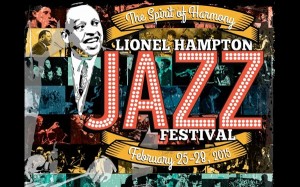One of the great things about jazz is that it bridges generations. Because it relies on interactive improvisation and live performance, and thus can’t be completely taught in a classroom or with a book, aspiring younger musicians seek the direct guidance of older, wiser ones. And more experienced musicians have plenty of reasons to take fresh talent under their wings, like gaining new bandmates with fresh skill sets, or helping future torch-bearers to thrive.
Such mentorship has changed a lot in the last half century. Collegiate and even post-graduate jazz education has become a huge engine of talent cultivation. Meanwhile, performing opportunities have greatly diminished. So the previous model of mentorship, where promising musicians learn “on the job” by joining the bands of established musicians, is becoming less common. But as Nate Chinen’s recent New York Times article explains, plenty of “apprentices” are still “availing themselves of counsel” — they’re just taking different paths to it. Continue reading







